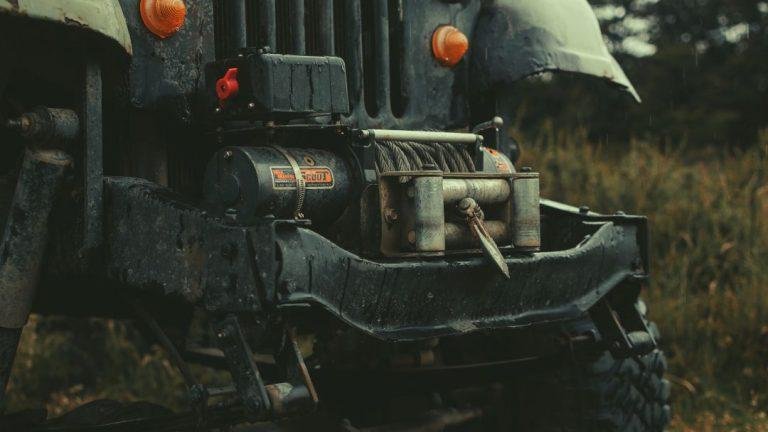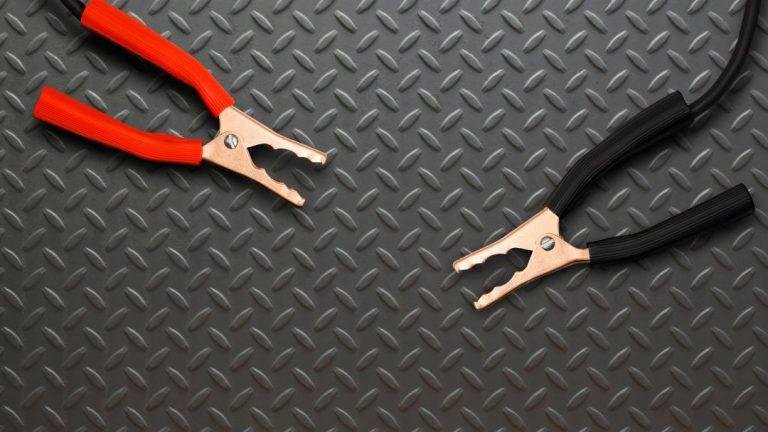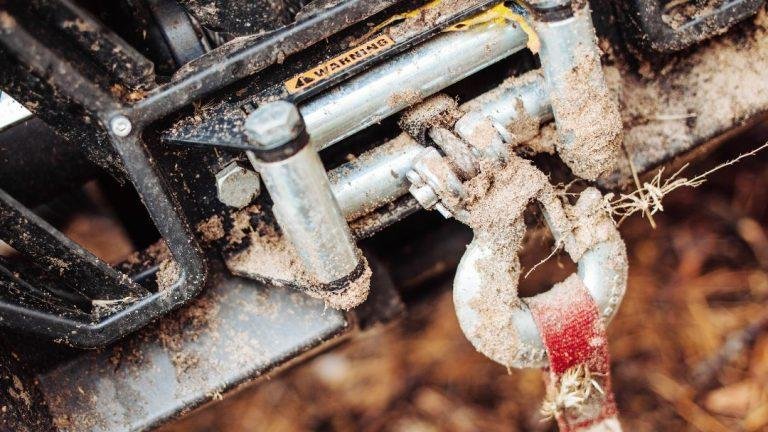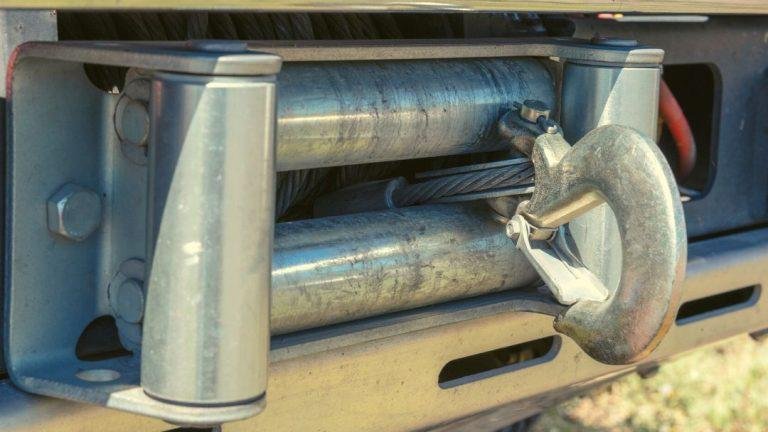To splice a winch cable, start by cutting the damaged section, then unravel the wire strands to expose their ends. Next, separate and align the strands, and begin weaving them together using a series of hitches.
Finally, trim any excess wire and secure the splice with wire clamps or adhesive. This process ensures a secure and reliable connection for your winch cable. Splicing a winch cable is a simple yet essential skill for any winch owner.
Whether you’re dealing with a frayed cable or need to create a custom length, knowing how to splice your winch cable can save you time, money, and frustration. We’ll walk you through the step-by-step process of splicing a winch cable. By following our guide, you’ll be able to successfully splice your winch cable and get back to your outdoor adventures in no time. So, let’s get started!
Frequently Asked Questions On How To Splice Winch Cable
Can You Splice Synthetic Winch Rope?
Yes, synthetic winch rope can be spliced. Splicing is the process of joining two ropes without using knots. It involves unraveling the rope’s strands and interweaving them with the strands of another rope. Splicing synthetic winch rope can be done using various techniques such as the diamond knot, the long splice, or the eye splice.
The type of splice to use depends on the specific application and the desired strength. It is important to follow the manufacturer’s instructions and use the appropriate tools and materials for splicing. Splicing offers advantages over traditional knotting, as it allows for a stronger and smoother connection between ropes.
It is worth noting that proper training and expertise are needed to perform splicing accurately.
How Do You Fix A Winch Cable End?
To fix a winch cable end, follow these steps: 1. Unwind the cable completely to access the damaged end. 2. Trim any frayed or damaged sections of the cable with wire cutters. 3. Attach a new winch cable terminal to the end of the cable using a crimping tool.
4. Make sure the terminal is securely crimped onto the cable to prevent any slippage. 5. Test the cable by winding it back onto the winch drum and ensuring it operates smoothly. 6. Regularly inspect the winch cable for any signs of wear or damage, and replace it if necessary.
Remember to prioritize safety when working with winch cables. Always wear gloves and follow the manufacturer’s guidelines for proper usage and maintenance.
Can You Splice Steel Cable?
Yes, it is possible to splice steel cable. Splicing steel cable involves joining two or more sections of the cable together to create a longer length. This can be done by using special equipment to unravel the strands of steel and then interweaving them.
The splice is secured with metal sleeves or clamps to ensure a strong and secure connection. It is important to note that splicing steel cable should be done by trained professionals who have the necessary skills and knowledge to perform the task safely and effectively.
Properly spliced steel cable can maintain its strength and durability, making it suitable for a variety of applications such as construction, rigging, and maritime industries.
Can You Put Synthetic Rope On A Cable Winch?
Yes, synthetic rope can be used on a cable winch. Synthetic rope is lightweight, durable, and safer to handle than traditional steel cables. It has a higher breaking strength and doesn’t store energy like steel cables, reducing the risk of injury if it snaps.
Synthetic rope is also resistant to rust and corrosion, making it ideal for outdoor applications. However, it is important to ensure that the synthetic rope you choose is compatible with your specific winch model. It should have the appropriate capacity and diameter to fit properly on the winch drum.
Regular inspections and proper maintenance are also essential to ensure the longevity and performance of the synthetic rope. So, overall, using synthetic rope on a cable winch is a practical and beneficial choice.
Conclusion
Splicing a winch cable is an essential skill for anyone who relies on winches for pulling heavy loads. By following the steps outlined in this blog post, you can ensure that your winch cable is securely spliced and ready for use.
Remember to gather all the necessary tools and materials beforehand and to follow the instructions carefully. Additionally, taking precautionary measures such as wearing gloves and safety glasses can help prevent any accidents or injuries during the process. With practice, you will become more confident in your ability to splice winch cables effectively.
So why wait? Get your winch cable splicing tools ready and start mastering this useful skill today! Don’t let a frayed or damaged winch cable hold you back from accomplishing your tasks with ease and efficiency.





